
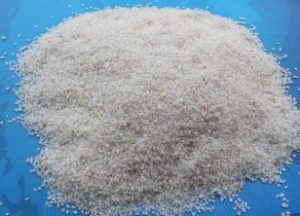
Quartz sand is a non-metallic mineral. It is a hard, wear-resistant and chemically stable silicate mineral. Take quartz stone plate as an example: it has the characteristics of no scraping, no pollution, no use. Quartz sand is widely used in glass, abrasives, casting, filter materials, construction, sheet, fireproof materials, etc.
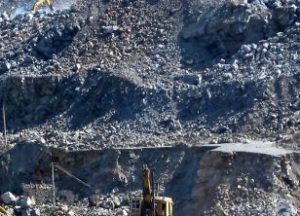
Iron ore is an important raw material for iron and steel production enterprises. Natural ore (iron ore) is gradually selected by crushing, grinding, magnetic separation, flotation, gravity separation and other procedures.
Iron ore is a mineral aggregates containing iron elements or iron compounds that can be used economically.
Ore containing economically available iron elements is called iron ore. There are many kinds of iron ore, such as magnetite (Fe3O4), hematite (Fe2O3) and siderite (FeCO3). After the iron ore sample is dissolved in hydrochloric acid, the iron in the iron ore is transformed into Fe3+. Fe3+ can be reduced by SnCl2+ under strong acidic conditions. After Fe2+ ·Sn2+ was reduced to Fe3+, the methyl orange could also be reduced to hydrogenated methyl orange by Sn2+ and faded. Therefore, methyl orange can indicate the end point of Fe3+ reduction. Sn2 can also continue to reduce the hydrogenated methyl orange to N-N-dimethyl p-phenylenediamine and sodium p-aminobenzenesulfonate. Iron ore is an international
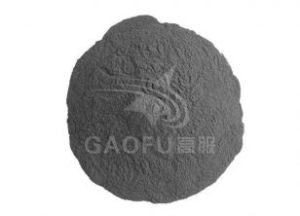
Introduction of metal powder
Metal powder refers to a group of metal particles having a size of less than 1 mm. Including single metal powder, alloy powder and certain refractory compound powders with metallic properties are the main raw materials for powder metallurgy. Metal powder is divided into five grades of coarse powder, medium powder, fine powder, fine powder and ultrafine powde customarilyr. The metal powder mainly contains iron, tungsten, molybdenum, copper, cobalt, nickel, titanium, bismuth, aluminum, tin, lead and other powders, and the consumption is about 2/3 of the total output of the metal powder. Metal powder can be used as a raw material for powder metallurgy products, and can also be directly applied.
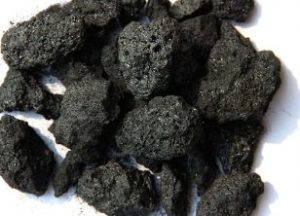
Material properties and characteristics:
Petroleum coke is a black solid coke converted from crude oil by distillation to separate light and heavy oil and heavy oil after thermal cracking. From the appearance point of view, coke is irregular in shape, black block or particle of different sizes, metallic luster, coke particles have a porous structure, and the main element is carbon.
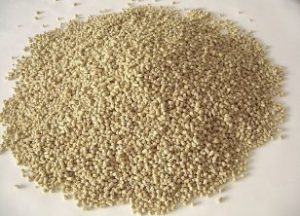
In order to adapt to the diversified development of breeding, more and more feed manufacturers are strict demanding on the uniformity of feed particle size distribution, the accuracy of feed ingredients and the cleanliness of puffed feed, so feed needs to be grading and impurity removal before packed.
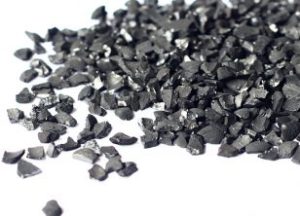
With the continuous progress of science and technology, industrial sustainable development, activated carbon in people’s production and life play a huge role, people on the quality of activated carbon requirements are getting higher and higher, such as particle uniformity, the cleanliness of powdered activated carbon , In order to enhance the quality of activated carbon, before the application, we need to be sieve different shapes, different sizes of activated carbon , thereby enhancing the use of activated carbon value and efficiency.
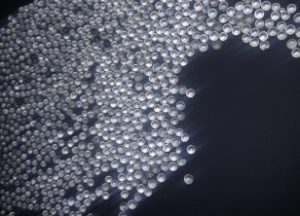
As the performance of glass is better than inorganic non-metallic materials, and has its own good insulation, high temperature, corrosion resistance and good characteristics, more and more applied to the various areas of the national economy. But different industries have different requirements on the glass powder, glass beads and glass fiber, such as: the size of glass powder particle is different, the length of glass fiber is not the same, the size of glass beads is different, the use is also very different, which requires vibrating sieves to grade different glass raw materials according to the use, thereby enhancing the performance of glass products.
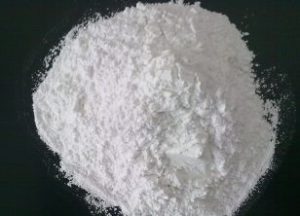
The rubber additive refers to a rubber vulcanization accelerator. The vulcanization of rubber is mainly carried out using sulfur, but the reaction of sulfur with rubber is very slow, so vulcanization accelerators have emerged. The addition of the accelerator to the rubber compound can promote the activation of the vulcanizing agent, thereby accelerating the crosslinking reaction between the vulcanizing agent and the rubber molecule, thereby achieving the effects of shortening the vulcanization time and lowering the vulcanization temperature. The main use of vulcanization accelerators are mainly sulfenamides, thiazoles, thiurams, and some terpenoids, thioureas and dithiocarbamates. Among them, sulfenamides have the best comprehensive performance and are the most widely used.
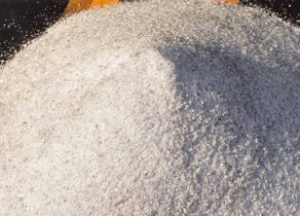
Refractory generally refers to inorganic non-metallic materials with a refractoriness over 1580 ° C. It includes natural ores and various finished products that have been manufactured according to certain requirements. It has a certain high temperature mechanical properties, good volume stability. It is the necessary materials for all kinds of high temperature equipment .